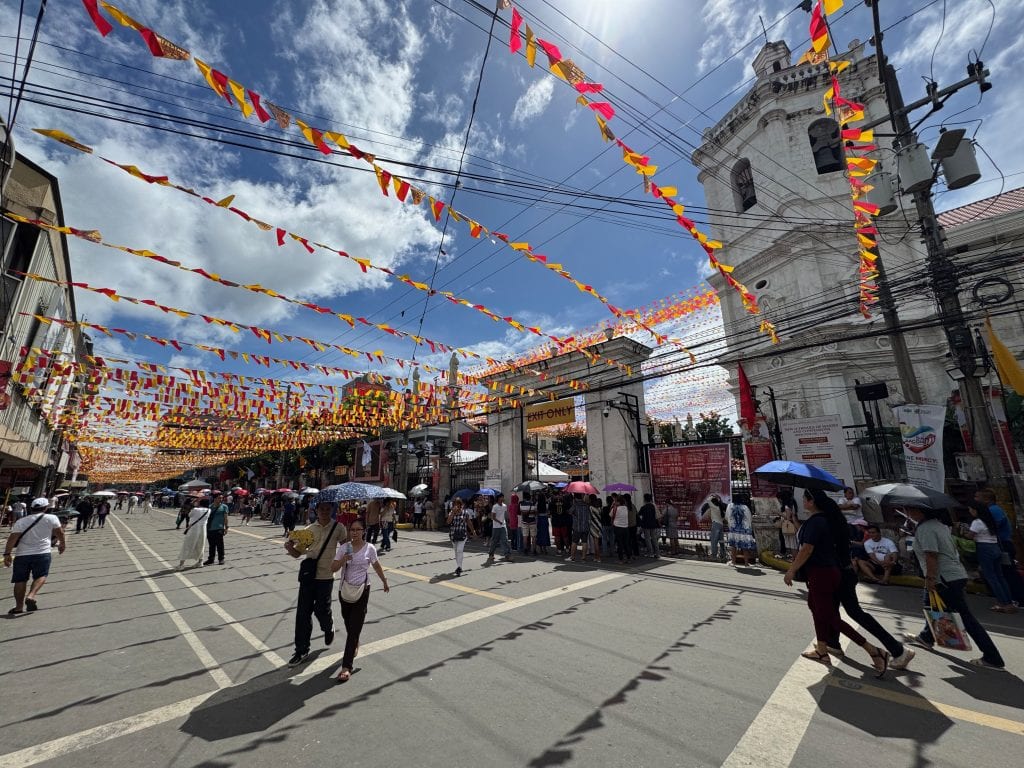Top 10 Questions Travelers Ask Before Visiting the Philippines (Answered!)

Planning a trip to the Philippines and looking for answers to the most common questions? You’re in the right place! In this guide, I’ll cover the top FAQs about traveling to the Philippines, from visa requirements and best travel seasons to safety tips and must visit destinations. Plus, I’ll share expert insights and my favorite travel resources to help you plan a smooth and unforgettable trip.
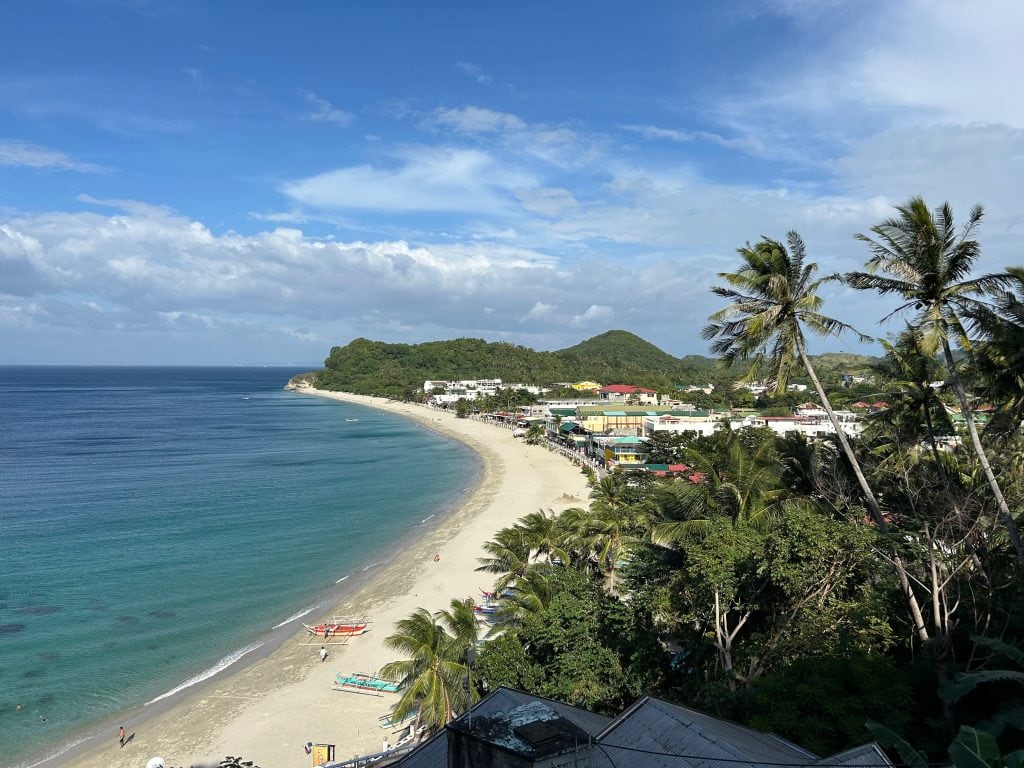
1. Do I Need A Visa To Vist The Philippines?
- Most travelers can enter the Philippines with a visa on arrival for up to 30 days. However, your passport must be valid for at least six months beyond your stay.
- Before booking your flight, it’s important to check the latest visa requirements for your nationality, as policies may change. To see if your country qualifies for visa free entry or a visa on arrival, visit the official Philippines government website [here].
2. Best Time To Visit The Philippines: Weather, Seasons & When To Go
The Philippines has a tropical climate with warm, humid weather year round, but seasons vary by region. Understanding these differences can help you plan the perfect trip for scuba diving, hiking, island hopping, or surfing.
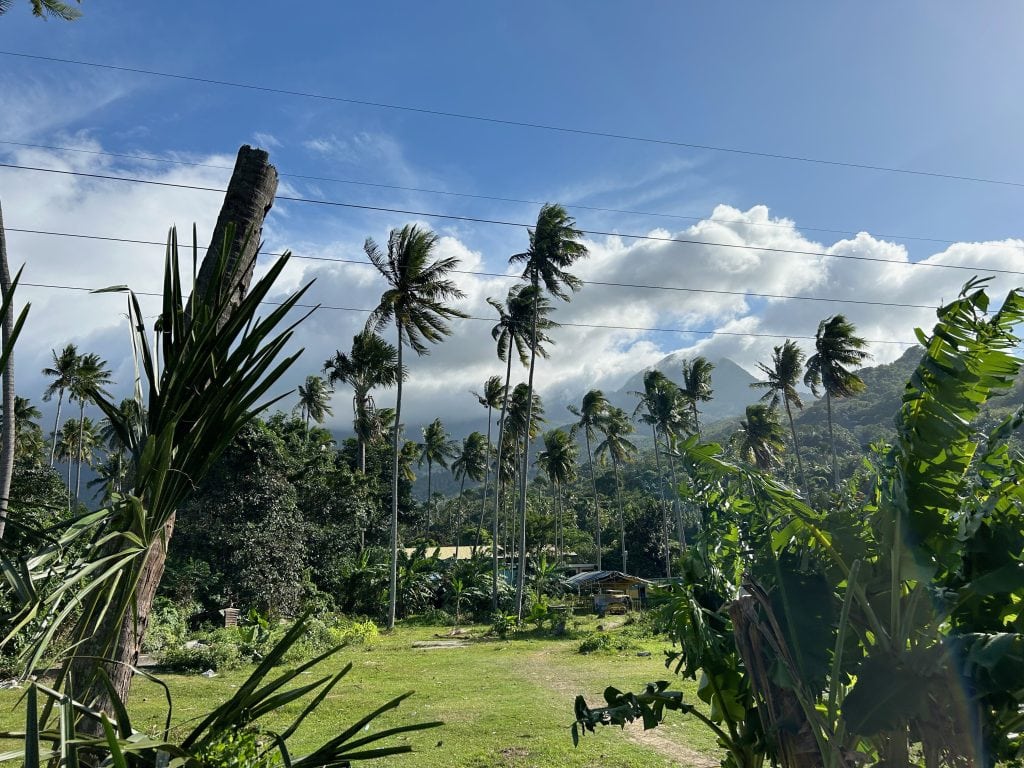
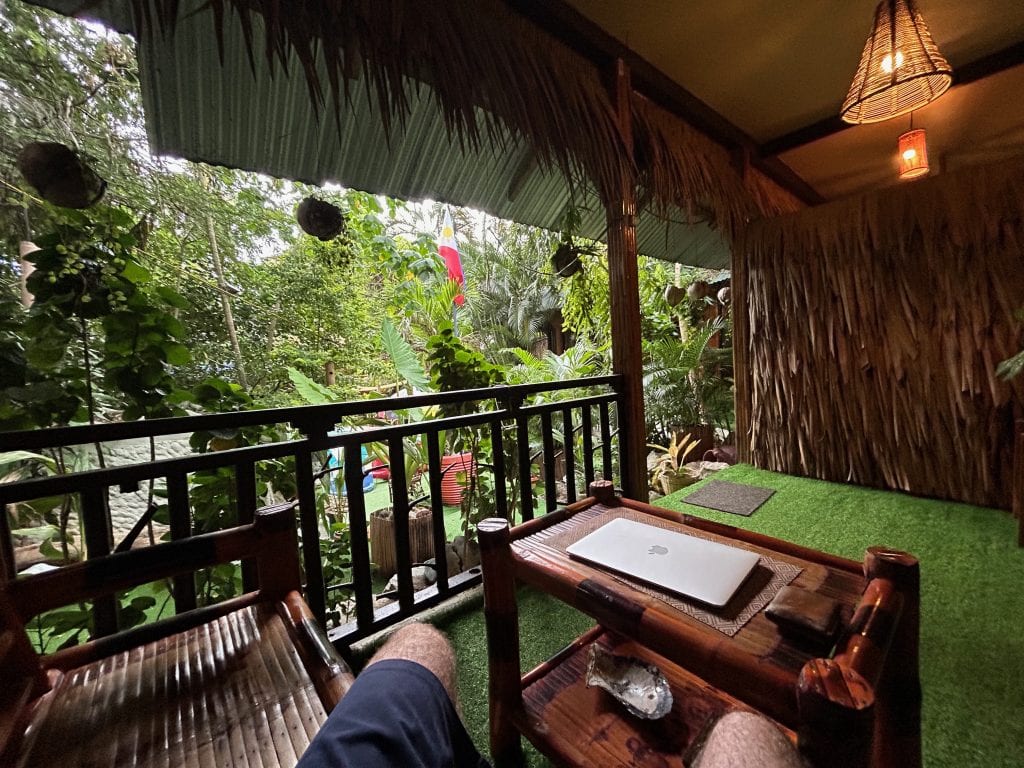
Western Philippines (Manila, Palawan, Cebu, Boracay, Bohol, Panay, Mindoro)
- Best time: November to May (dry season) – ideal for beaches, island hopping, and scuba diving.
- Expect heavy rains and typhoons, but showers are often short. I’ve traveled to Luzon and Mindoro during this time, and it was still great for travel.
Eastern Philippines (Siargao, Samar, Leyte, Bicol, Eastern Mindanao)
- Best time: March to June – drier but still some rain.
- Rainiest months: November to March (northeast monsoon brings heavy rains).
- Siargao surf season: August to November – biggest waves.
Northern Philippines (Baguio, Sagada, Banaue, Ilocos, Cagayan Valley)
- Best time: November to April – cooler and drier, great for mountain trips.
- Wet season: May to October, with frequent typhoons.
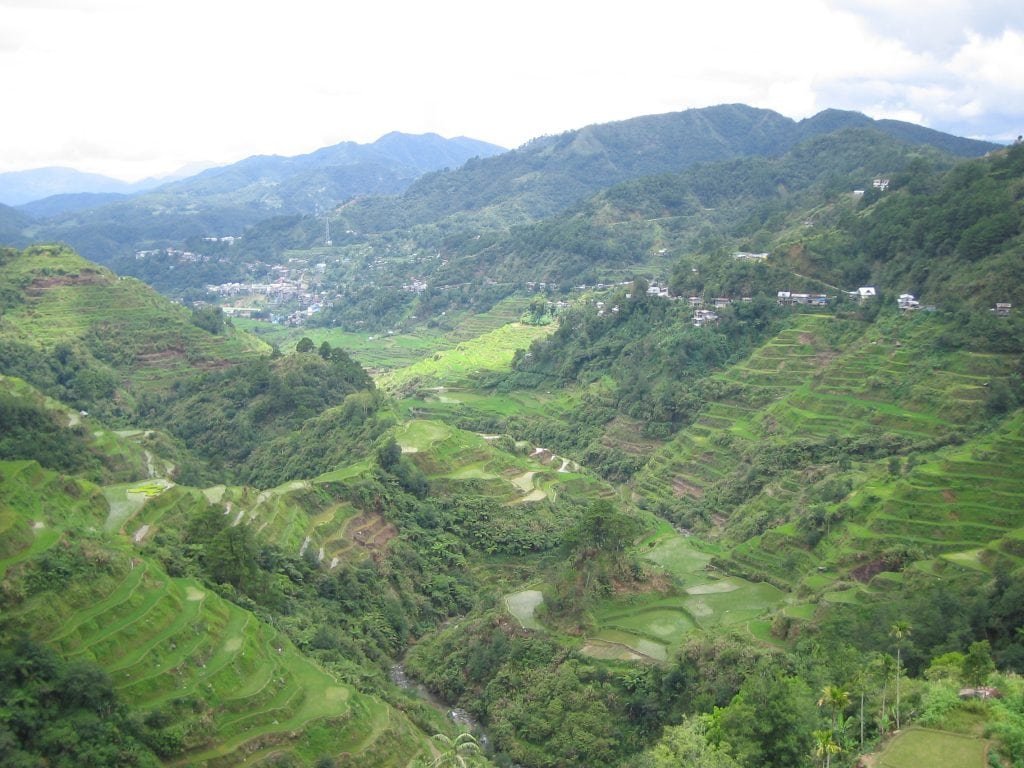
Southern Philippines (Davao, Zamboanga, General Santos, Tawi-Tawi)
- Most stable weather – less affected by typhoons and minimal seasonal changes.
- Best time: Almost year-round, but March to June is sunniest.
Key Travel Takeaways:
✅ Best scuba diving months: March to May (but Visayas & Mindanao have great diving almost year-round).
✅ Typhoon season: July to October (mainly affects Luzon & Visayas).
✅ Best time for Palawan & Boracay: November to May (dry season).
3. What’s the Best Way to Get to the Philippines? A Guide to Airports, Flights, Routes & the Easiest Travel Options
The Philippines is a bucket list destination, but getting there efficiently can make or break your trip. With over 7,000 islands and multiple entry points, choosing the right airport can save you time, money, and travel headaches especially if you want to avoid long layovers, unnecessary domestic flights, or Manila’s notorious traffic.
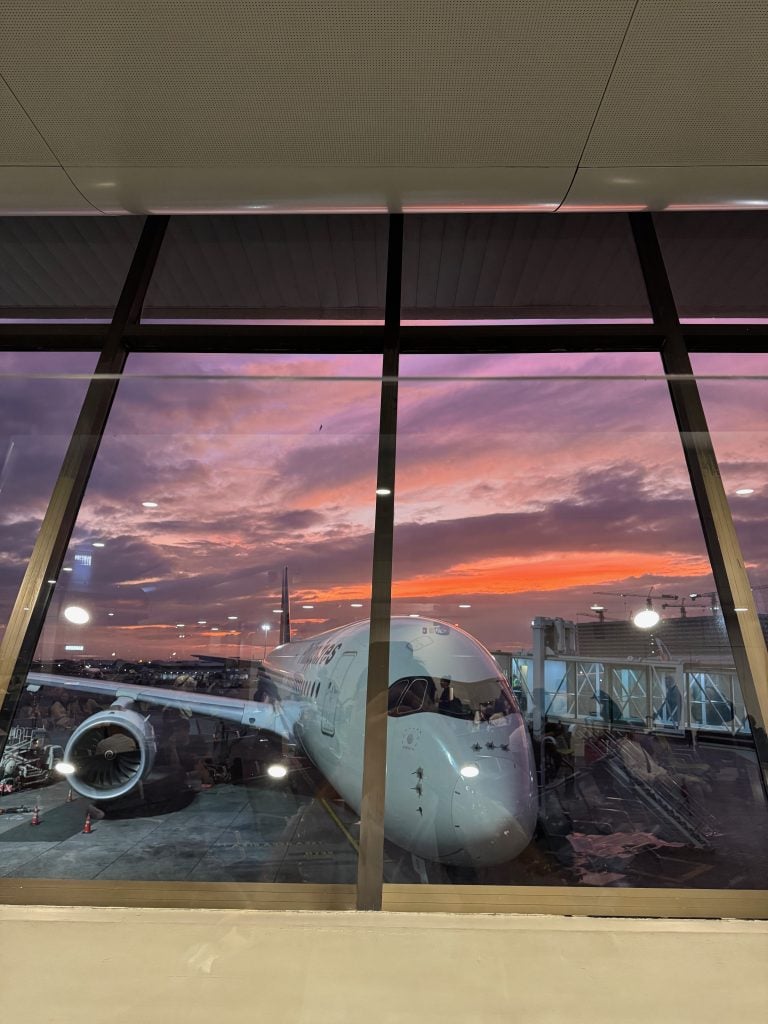
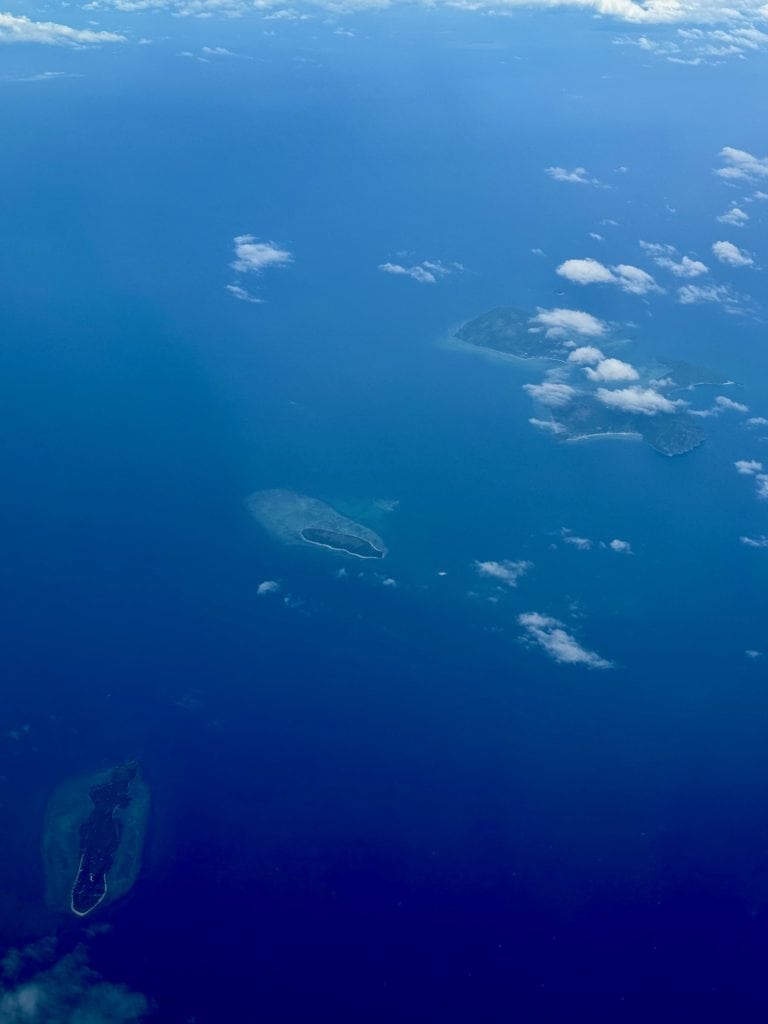
Best International Airports for Tourists in the Philippines
Ninoy Aquino International Airport – Manila
Best for travelers heading to Metro Manila, Luzon, Puerto Galera, or those with connecting flights.
- The busiest and primary international gateway into the Philippines.
- Pros: Direct flights from major cities worldwide.
- Cons: Can be congested, the airport terminals are not connected, not many amenities in the airport, and Manila’s traffic is notoriously bad.
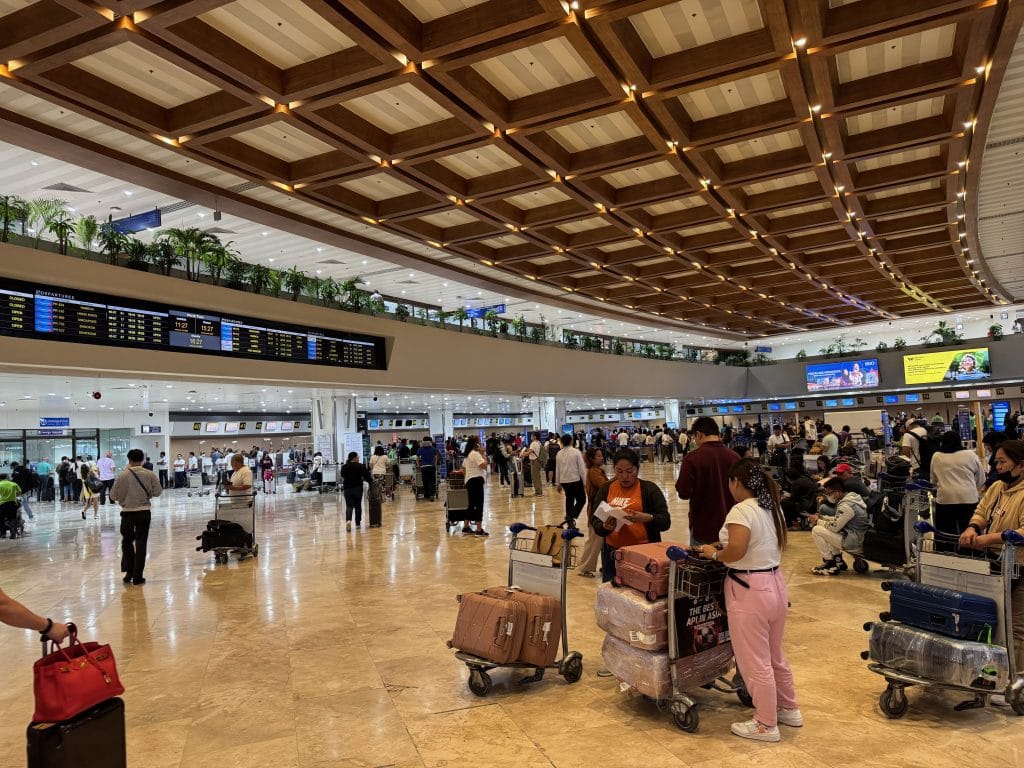
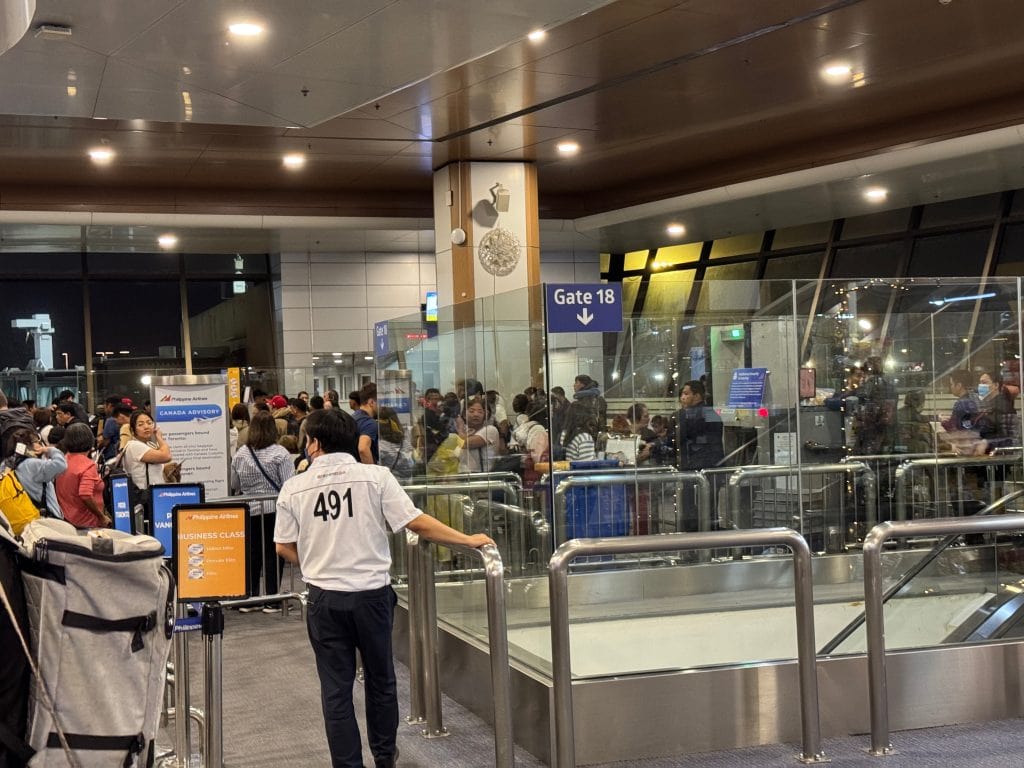
👉 Long flight? Book a hotel near the Manila airport to recharge by clicking here!
👉 Manila is just the start, book a connecting flight here to continue your journey.
Mactan-Cebu International Airport (MCIA) – Cebu City
Best for travelers heading to the Visayas, Boracay, or the southern islands.
- A more stress-free alternative to Manila with modern facilities.
- Pros: Great international connections, quicker immigration process, and smooth domestic transfers.
- Cons: Fewer direct flights than Manila.
- Travel Tip: Cebu is a great jumping off point for visiting Malapascua, Moalboal, Negros, and Bohol.
👉 Want to skip Manila’s traffic? Find a direct flight to Cebu instead by clicking here!
Clark International Airport (CRK) – Angeles/Pampanga
Best for travelers heading to northern Luzon (Baguio, La Union, Banaue, Ilocos).
- Located about 100km north of Manila, making it a smart alternative if your final stop is in Luzon’s northern provinces.
- Pros: Fewer crowds, cheaper flights, better access to North Luzon, and avoiding Manila.
- Cons: Limited international flight options.
- Travel Tip: If you land here, consider a private transfer to your final destination instead of taking multiple local buses.
👉 Check out private airport transfers from Clark to your destination.
Panglao International Airport – Bohol (TAG)
Best for travelers heading to Bohol, Cebu, Siquijor, or Negros with convenient direct flights from South Korea.
- Located just minutes from Alona Beach, this airport eliminates the need for ferry transfers.
- Pros: No need to fly into Cebu City and take a ferry.
- Cons: Only a few international routes (mostly from South Korea).
- Travel Tip: Bohol is one of the best places for beaches, sightseeing, and scuba diving in the Philippines. If you’re planning a trip, book your resort early especially during the holiday season.
👉 Find the best beachfront resorts, sightseeing, & diving packages in Bohol by clicking here.
4. IS THE PHILIPPINES SAFE FOR TOURISTS? WHAT YOU NEED TO KNOW
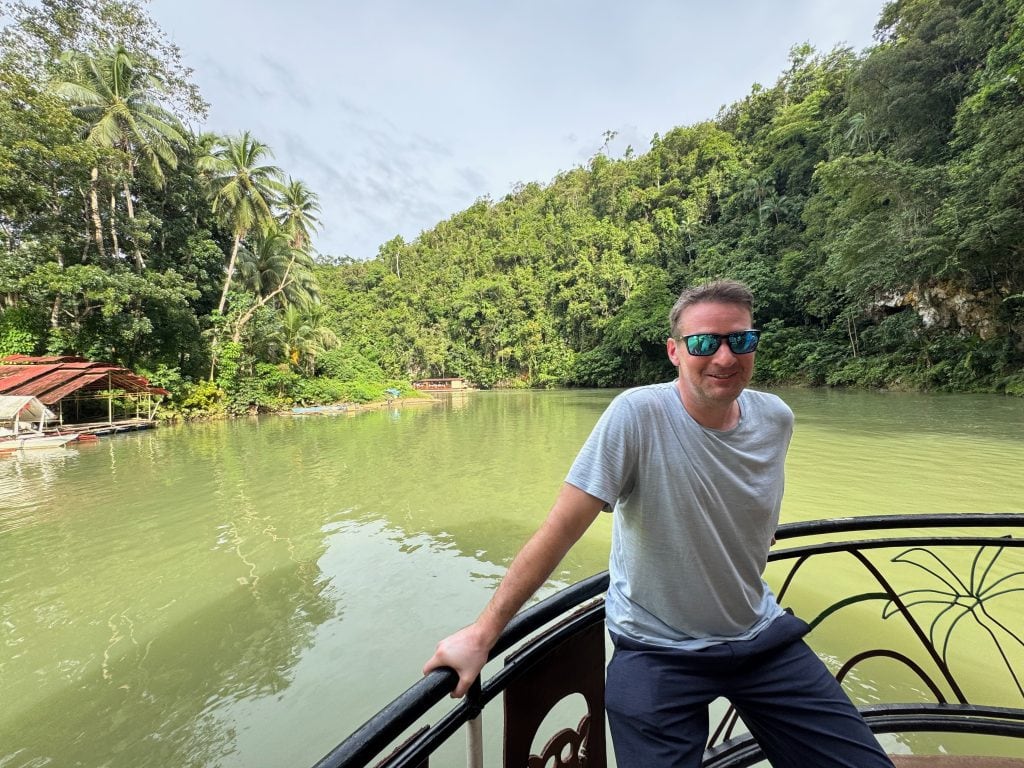
I’ve spent around six months traveling in the Philippines, I can confidently say it’s one of the safest places for tourists, especially in well traveled destinations like Palawan, Cebu, Bohol, Boracay, Siargao, and Negros. I would even go so far to say that it’s safer than many western countries.
For a more detailed breakdown of safety tips, common scams, and the safest places to visit, check out my full guide on staying safe in the Philippines by clicking here.
Like anywhere though, using common sense goes a long way, avoid sketchy areas, stay aware of your surroundings, and keep an eye on your belongings. Most locals are friendly and welcoming, and crime against tourists is rare in popular areas.
Should You Get Travel Insurance?
No matter where you travel, unexpected things can happen…delayed flights, lost luggage, or even medical emergencies. That’s why I always recommend travel insurance to protect your trip.
For general travel coverage, I personally use SafetyWing—it’s affordable and designed for travelers. As a scuba diver, I also carry DAN Divers Accident Insurance to cover dive related emergencies.
👉 Check out travel insurance options and get covered before your trip.
5.Philippines Currency & Payment Tips: Cash, Credit Cards, and ATMs Explained
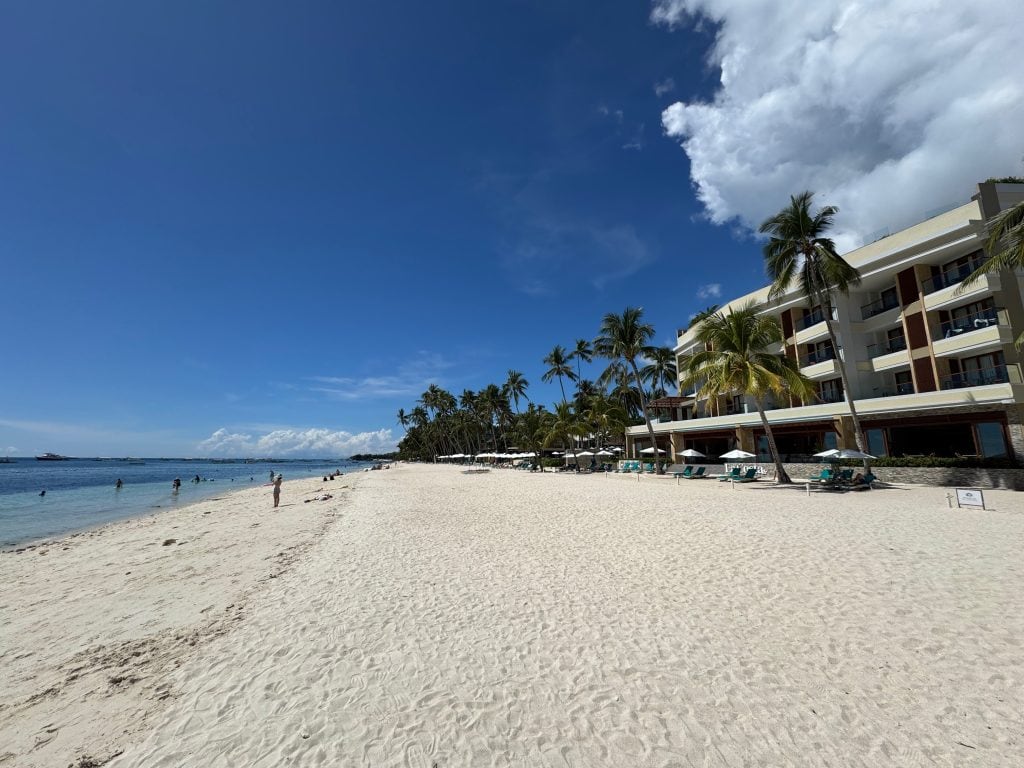
Currency in the Philippines
- The local currency is the Philippine Peso (PHP).
- Banknotes come in ₱20, ₱50, ₱100, ₱200, ₱500, and ₱1,000 denominations, with coins for smaller amounts.
Cash vs. Credit Cards
- The Philippines is mostly a cash society.
- Most companies prefer cash but some credit cards are accepted at hotels, scuba diving shops, and other major establishments. I’d say 75% of the time you’ll be paying by cash though.
- In rural areas, ATMs can be unreliable or nonexistent…always bring enough cash.
Essential Money Tips for Travelers In The Philippines
- Bring small bills – Breaking ₱500 and ₱1,000 bills can be difficult. Convenience stores and busy shopping areas are best for breaking large bills into smaller bills.
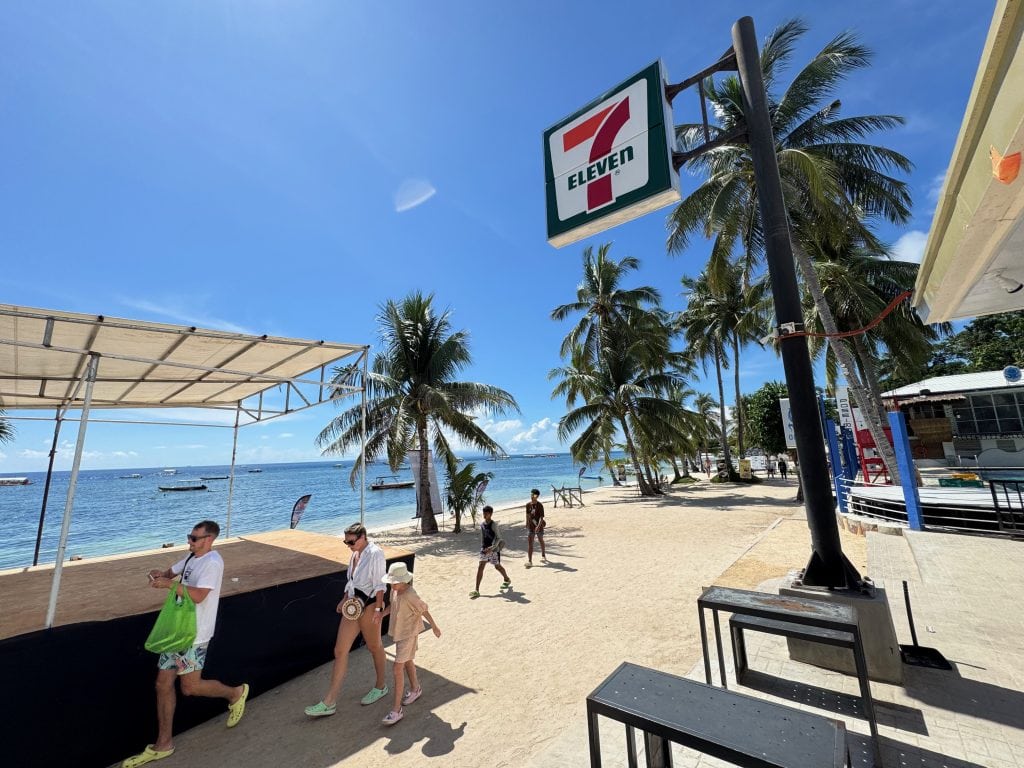
- Use ATMs as airport exchange rates are very high.
- Secure your cash – Pickpocketing can happen in crowded areas. Wear shorts with zippered pockets for extra security (Check out travel shorts with hidden pockets here).
- Bring a coin purse – Coins add up fast and it can be very annoying carrying a wallet that is weighed down with coins. (Find a travelcoin pouch here).
- Have large bills for big purchases – If you’re paying in cash for high ticket items like hotels and scuba diving packages, having larger bills is useful.
6. How to Get Around the Philippines: Transportation Guide for Travelers
Inter Island Travel
- Domestic Flights – The fastest way to travel between islands. Budget airlines like Cebu Pacific and Philippine Airlines are good options.
- Ferries – Used for short and long haul island travel. Some routes (like Manila to Palawan) take over 24 hours, while others are quick and easy.
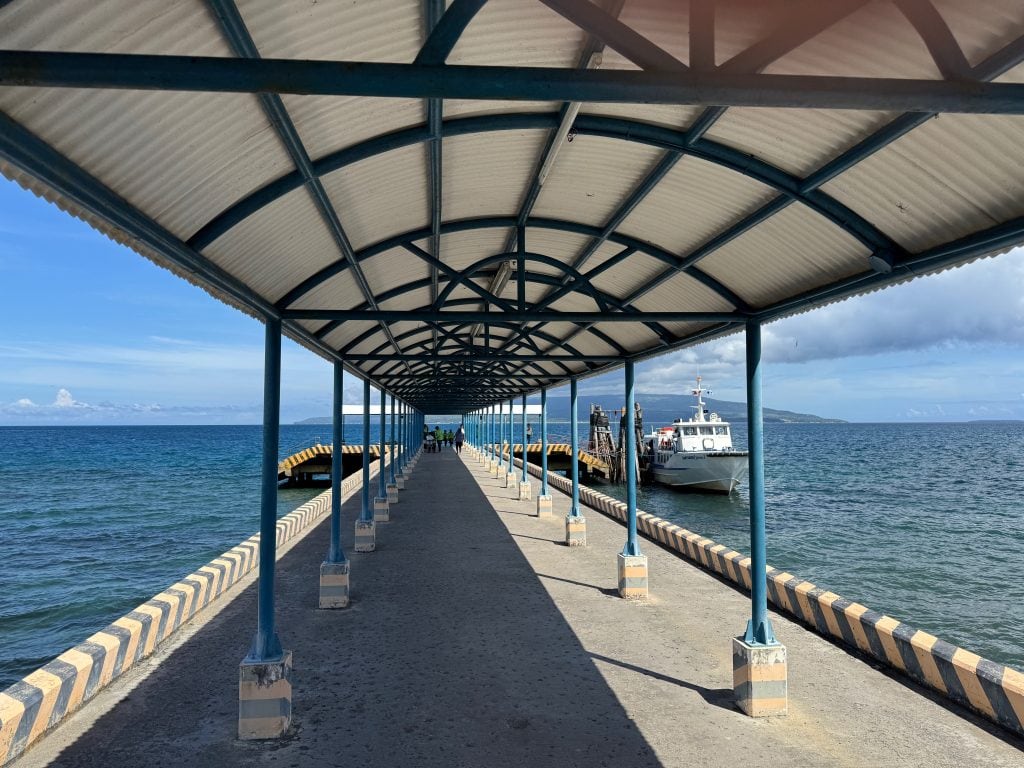
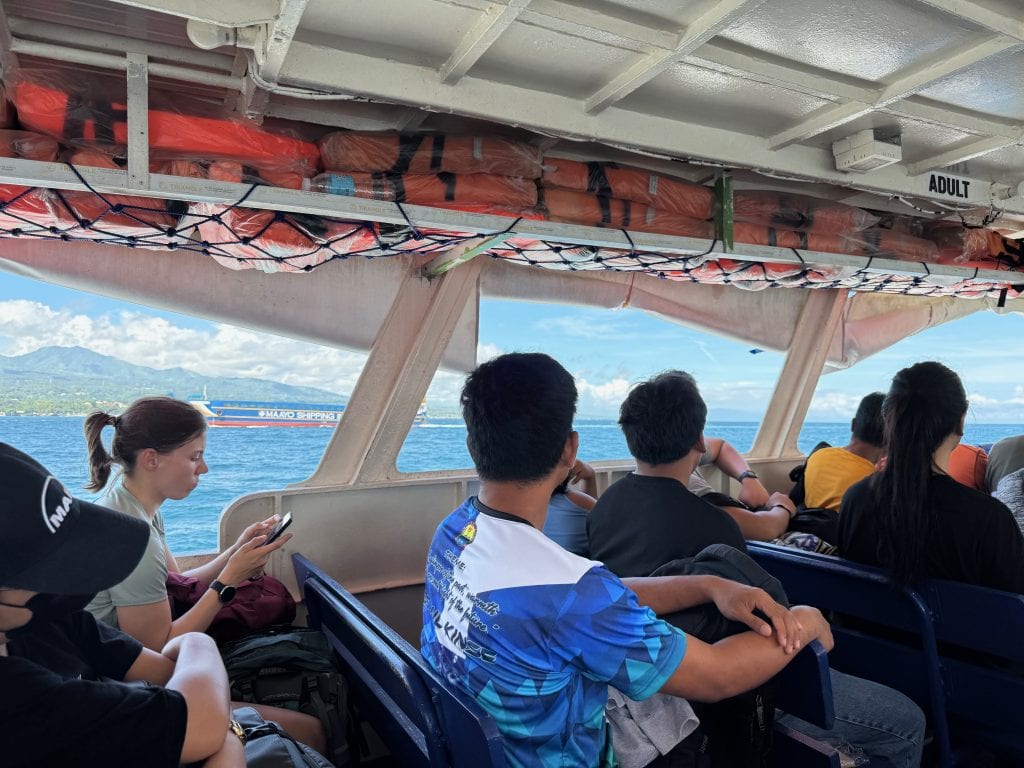
- Buses – Ideal for long-distance land travel across larger islands like Luzon, Mindanao, and Cebu. Some buses even board ferries for inter island routes.
Getting Around Cities & Towns
- Jeepneys – The most affordable and iconic public transport.
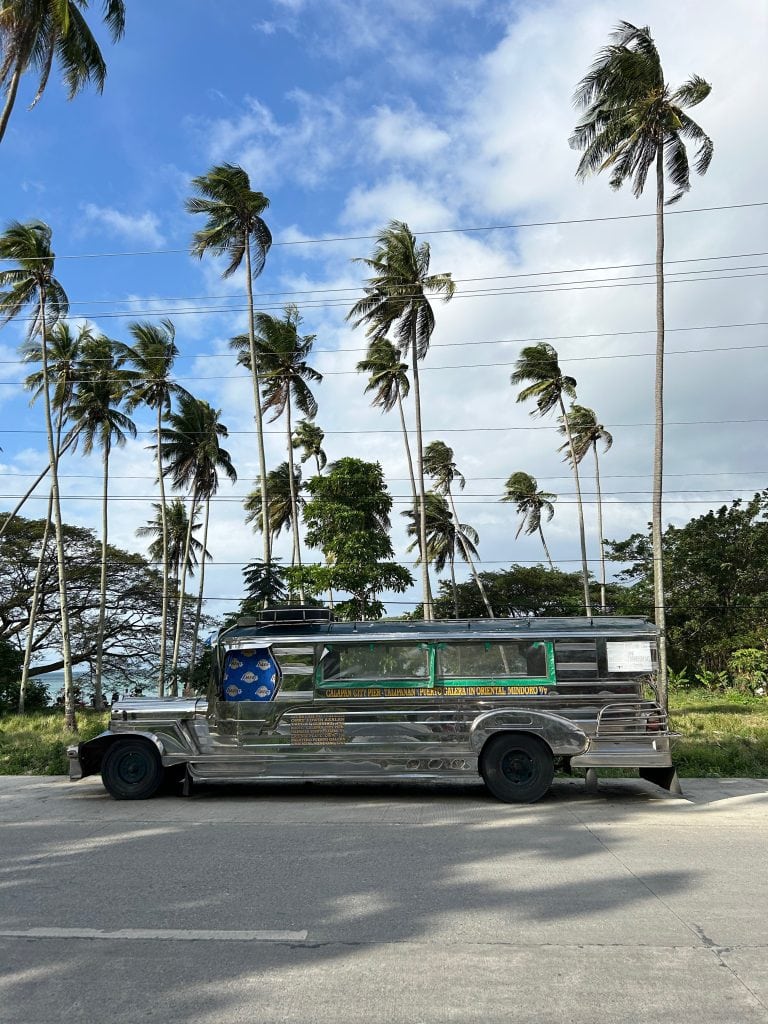
- Tricycles – Similar to tuk-tuks, best for short rides in towns and rural areas.
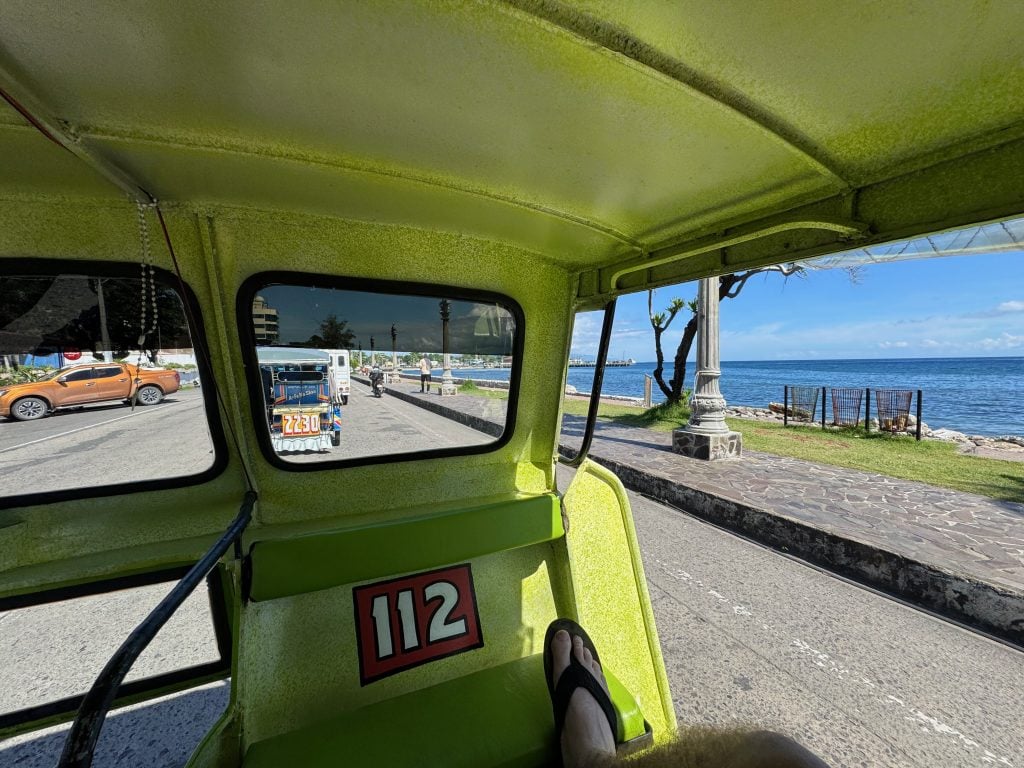
- Taxis & Grab – Grab (Asia’s Uber) is available in major cities like Manila and Cebu. Taxis are also available but often require negotiating fares.
- Motorbike Rentals – A great option for exploring smaller islands. Always check if your travel insurance covers motorbike rentals before riding.
7. What to Pack for the Philippines: Essential Packing List & Travel Tips
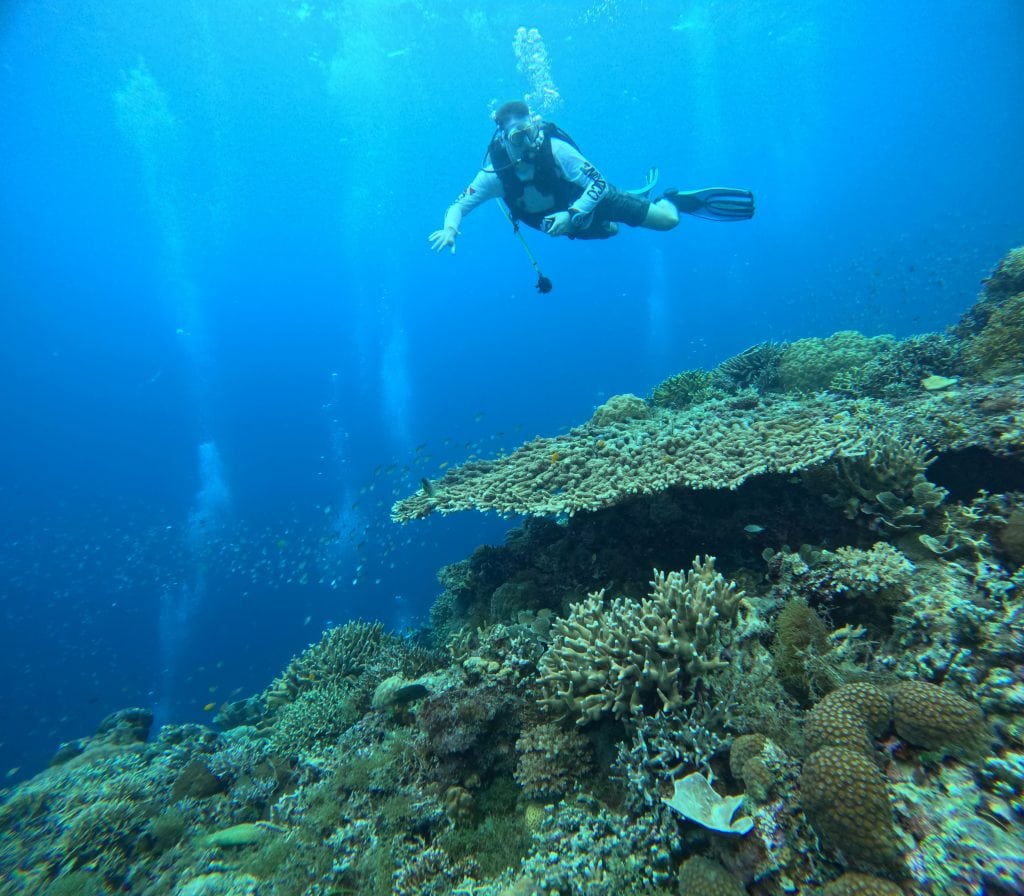
With its tropical climate, stunning beaches, and adventurous landscapes, the Philippines offers everything from island hopping and scuba diving to jungle treks and city explorations. Packing light, breathable clothing and the right travel gear will keep you comfortable no matter where your journey takes you.
- GoPro Camera – With world class beaches, diving, hiking, and canyoneering, the Philippines is an adventure paradise. A GoPro is a must have to capture every moment. Get yours here.
- Travel Backpack – Osprey is my top choice for durable, comfortable, and adventure ready backpacks. Find yours here.
- Cargo Pants/Shorts – Perfect for flights from colder climates! Wear them as full length pants on chilly planes, then zip off the legs when you land in the tropics. Plus, they save space in your bag or suit case so you’re not carrying around bulky jeans needlessly. Shop top cargo pants here.
- Lightweight Hoody/Sweater – A must have! Stay warm on long flights and Filipino buses typically crank the AC for long haul trips and can get very cold. Find the perfect one here.
- Travel Adapter Charger – A travel adapter allows you to plug your devices into different power outlets worldwide, ensuring they stay charged while abroad. Get one with USA, Europe, Asia, Australia outlets as well as USB connections here.
- Coin Purse – The Philippines is a cash heavy society, and a coin purse keeps your change organized without overloading your wallet. Get one here.
- Amazon Tablet – A lightweight and affordable Fire Tablet is a great alternative to a an expensive laptop, especially with the Philippines’ unreliable WiFi. Get yours here.
- Kindle – Travel light by swapping bulky books for a compact Kindle. Get yours here.
- Scuba Diving Gear – Explore world class dive sites with your own mask, fins, and dive computer for the best experience. Shop gear here.
- Dry Bag – Keep your gear dry while at the beach, snorkeling, or on scuba trips. Get one here.
- Reef Safe Sunscreen – Protect your skin without harming marine life. This eco-friendly sunscreen helps preserve coral reefs while keeping you sun safe. Get yours here.
8. Best SIM Card & eSIM for Tourists in the Philippines
If you need reliable cellular and internet in the Philippines at low cost, getting an eSIM is the best option. It truly is a game changer!
What is an eSIM?
An eSIM (embedded SIM) is a digital SIM that lets you activate a mobile data plan without a physical SIM card. No need to visit a store…just install and go!
Why Use an eSIM in the Philippines?
✅ Instant Activation – Buy and install in minutes.
✅ No Physical SIM – No risk of loss or damage.
✅ Affordable Data – Avoid high roaming fees.
✅ Reliable Coverage – Works with top providers.
How to Get an eSIM for the Philippines?
- Check if your phone supports eSIM (most newer iPhones & Androids do).
- Choose a provider – Top options include Airalo, Holafly, and Nomad eSIM.
- Follow the instructions to activate it instantly.
🔗 Find the best eSIM deals for the Philippines here!
9. How Much Does It Cost To Travel In The Philippines?
The cost of traveling to the Philippines depends on your travel style, but it’s an affordable destination for most budgets.
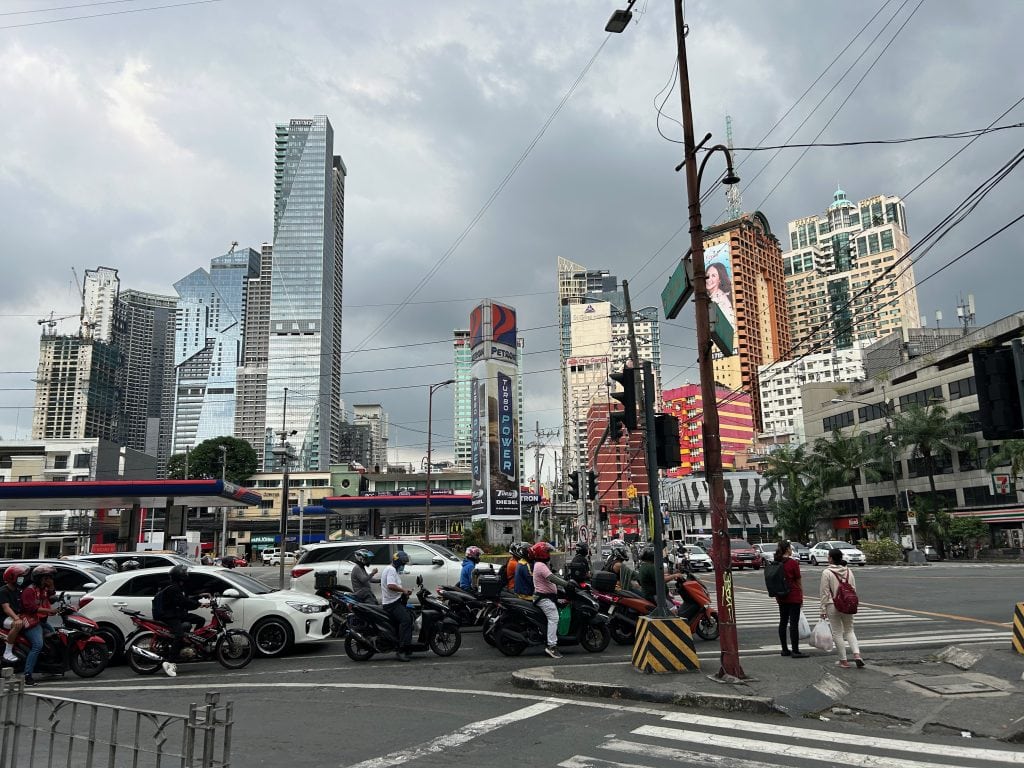
Average Daily Budget
💰 Budget Travelers: $30–$50/day (hostels, local transport, street food).
💰 Mid-Range Travelers: $60–$120/day (hotels, restaurants, island tours).
💰 Luxury Travelers: $150+/day (resorts, private transport, fine dining).
Key Expenses
✈️ Flights: $1200–$3000 round trip depending on where you’re coming from.
🏠 Accommodation: $10–$200 per night (hostels to luxury resorts).
🍽 Food & Drinks: $3–$20 per meal (local vs. international dining).
🚕 Transport: $3–$20 (jeepneys, taxis, ferries, flights)
🏝 Activities: $10–$100+ (island hopping, scuba diving, hiking)
🔗 Find budget friendly travel deals for the Philippines here!
10. What Are The Best Islands To Visit In The Philippines?
The Philippines is home to thousands of stunning islands, each offering unique attractions ranging from world class scuba diving and pristine beaches to vibrant nightlife and cultural experiences. Here are some of the top islands to visit and their main tourist draws:
Palawan
- El Nido – Limestone cliffs, island hopping, lagoons, luxury resorts
- Coron – Shipwreck diving, clear lakes, hot springs
- Puerto Princesa – Underground River, beaches
Cebu
- Moalboal – Sardine run, canyoneering in Kawasan Falls
- Malapascua – Thresher shark diving
- Oslob – Whale shark encounters, Tumalog Falls
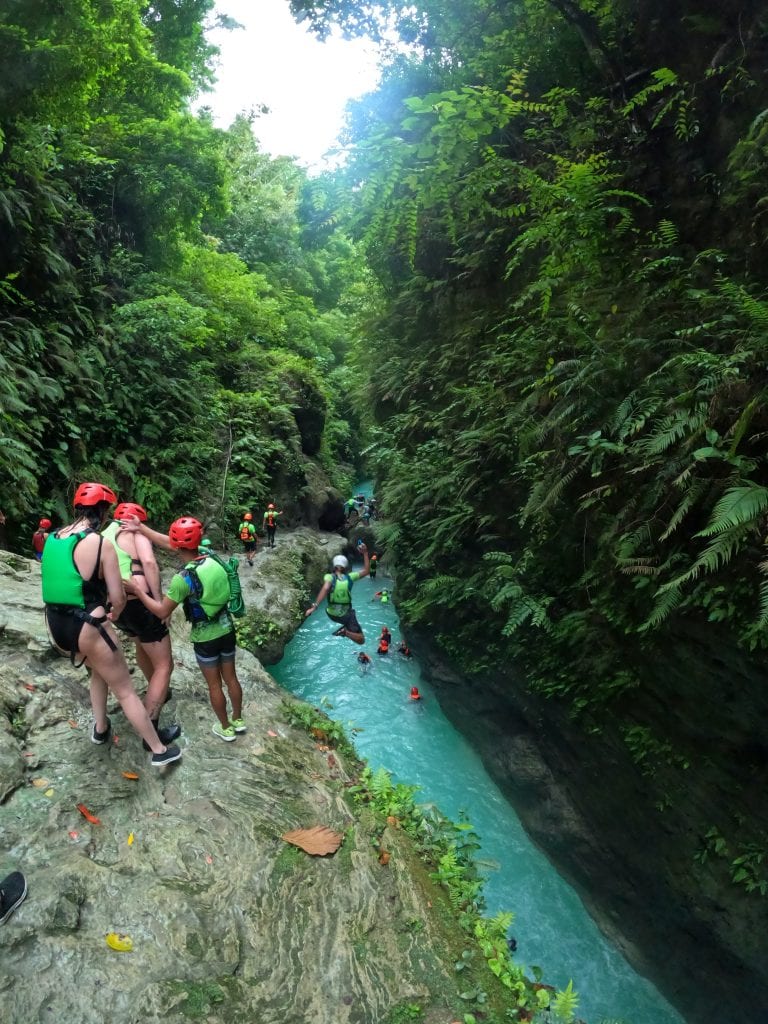
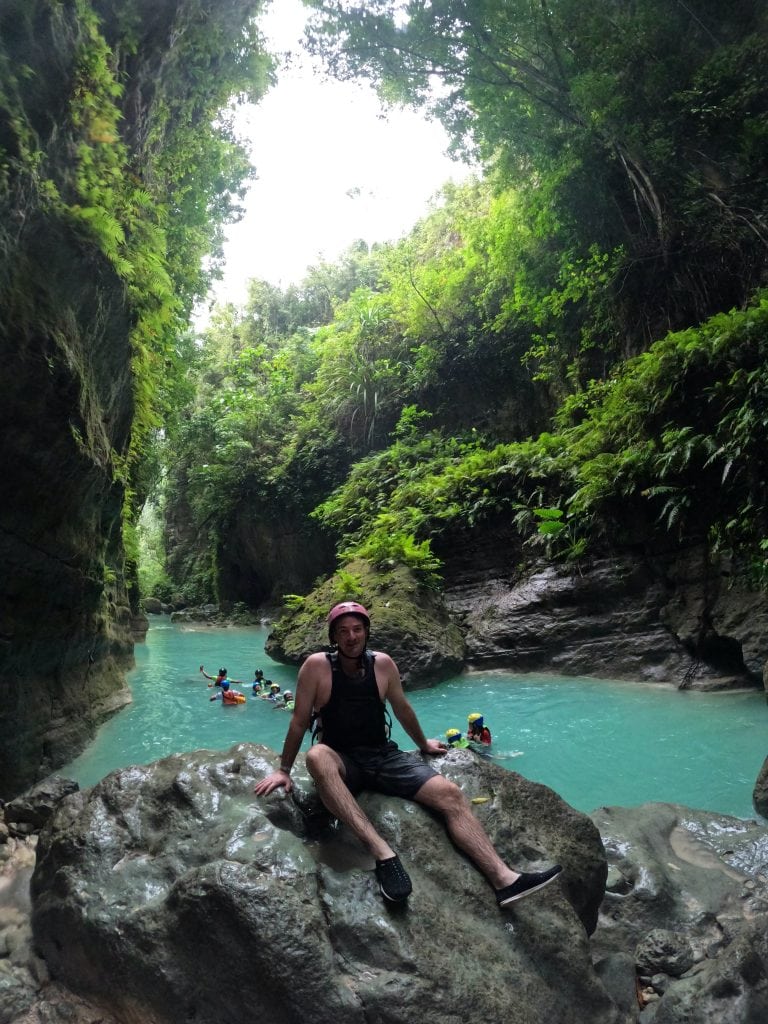
Bohol
If you’re heading to Bohol, check out my full guide to the Countryside Tour where I break down what to expect and whether the loop is really worth your time.
- Panglao – Scuba diving, Alona Beach nightlife
- Chocolate Hills – Iconic geological formations
- Tarsier Sanctuary – Small primates
- Loboc River Cruise
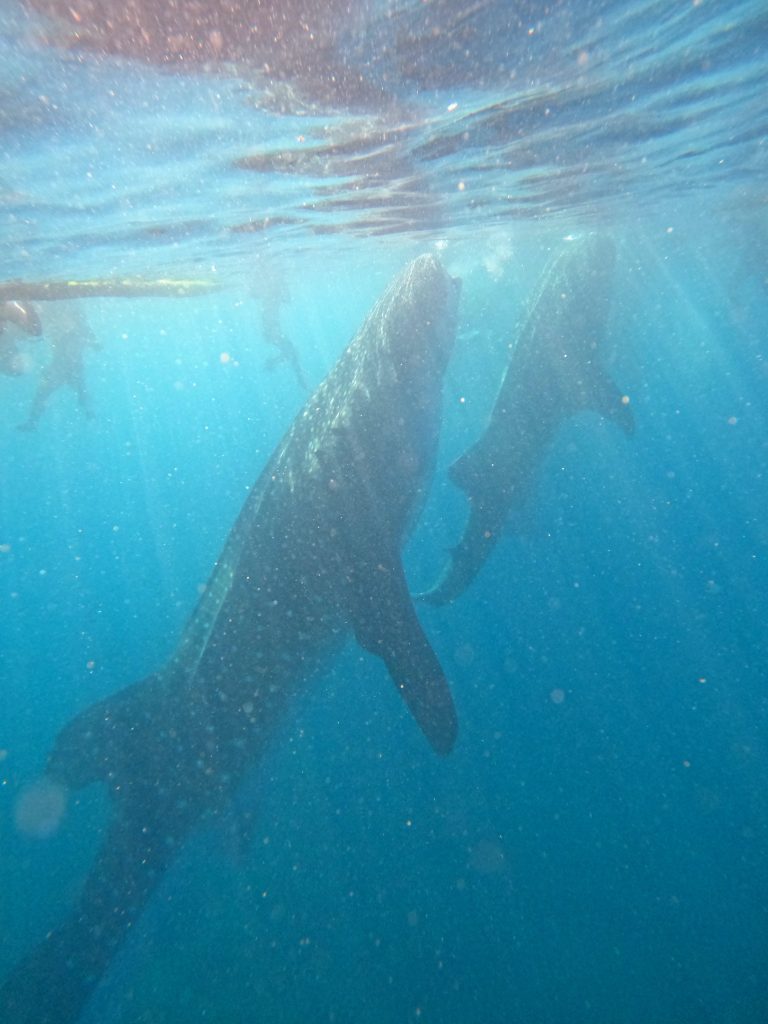
Boracay
- White Beach – Famous for powdery white sand and nightlife
- Kiteboarding & Watersports
Siargao
- Cloud 9 – World-famous surfing spot
- Sugba Lagoon – Stunning blue lagoon for kayaking
Luzon
- Manila – experience the thriving capital city with excellent food and nightlife
- Banaue & Sagada – Rice terraces, caves, hanging coffins
- Vigan – Spanish colonial town, cobblestone streets
- Tagaytay – A lake on an island, within a lake on an island.
- Mt. Pinatubo – Scenic crater lake from a volcanic eruption
- Mayon Volcano – The world’s most perfect volcano
- Anilao – Famous for muck diving.
Mindoro
- Puerto Galera – Great scuba diving, Sabang nightlife
- Apo Reef – One of the best diving sites in the world
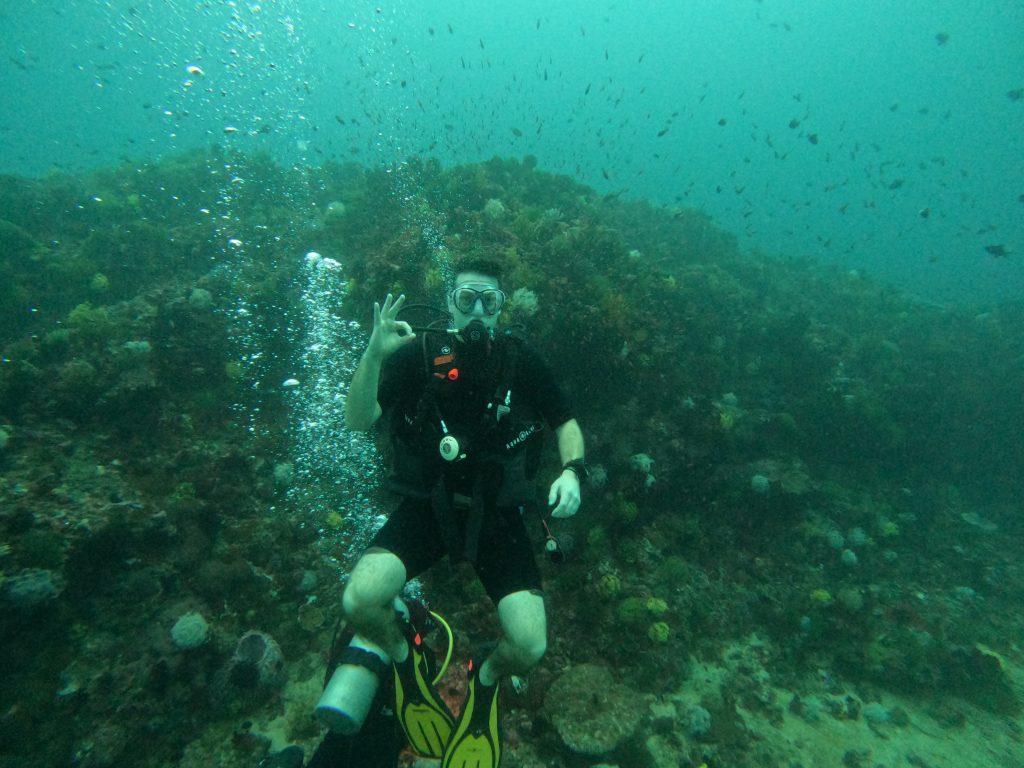
Negros
- Dumaguete – University town, easy access to Apo Island for diving
- Sipalay – Remote beaches, diving spots
Samar & Leyte
- Kalanggaman Island – Sandbars and turquoise waters
- Canigao Island – Underrated tropical paradise
👉Click here to view some of the best tours and trips you can experience in the Philippines!
Check out my YouTube video for a more in depth look at the best places to visit in the Philippines!
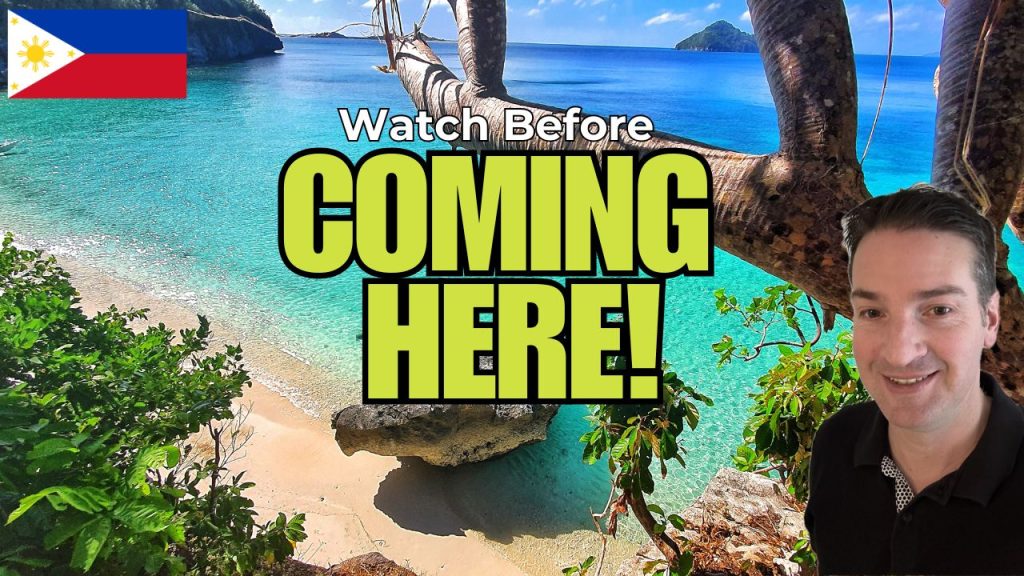
If you’re planning a trip to the Philippines, don’t miss Bohol! Check out my guide on the best things to do in Bohol for must-see attractions and travel tips.
In Summary: Philippines Travel FAQs
Traveling to the Philippines offers an incredible mix of world class scuba diving, adventure, and vibrant nightlife, making it a top destination for all travelers. Whether you’re exploring top dive resorts, seeking lively island destinations, or looking for the best travel tips, the Philippines is a must visit destination!
